1. Their Value Becomes Emotional, Not Transactional
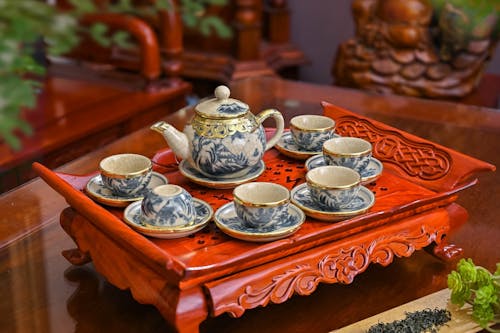
When antiques leave the display case and enter daily rotation, they start to carry new meanings: morning coffee in the old porcelain teacup, a letter dropped into the heirloom writing desk. They stop being artifacts and become company—participants in life, not relics of it. The object’s “worth” is now measured in memories, not market value. Usage turns history into intimacy.
Guests may gasp at your casual handling, but you’ll find deeper joy in the connection. You inherit experience—not just provenance. When value gets personal, it gets priceless. It’s heritage handled with affection.
2. Wear Adds Character Instead of Guilt
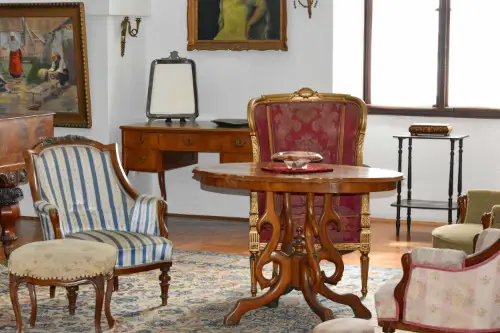
Scratches, chips, and fading don’t signal damage—they tell the story of ongoing life. When you use antique objects, signs of wear become gentle reminders that time still flows and function endures. You stop fearing imperfection and start embracing patina. Authenticity looks better lived-in.
Suddenly, a faded armchair or worn wood tabletop is a badge of belonging. You’re not destroying history; you’re layering it. Usage creates continuity, not loss. Antiques gain texture—through touch.
3. You Stop Saving Them for “Some Day”
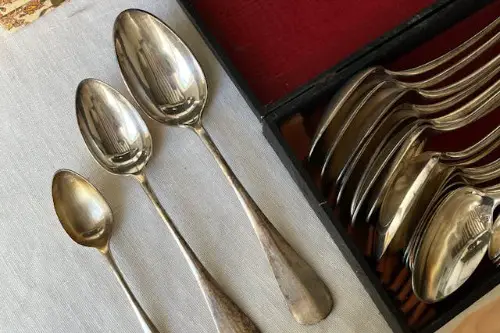
Treating antiques as usable means refusing the myth of perfect occasions. They’re here now, and so are you—and the best china isn’t improved by dust. Holding back use becomes less about respect and more about fear. Every day becomes worthy.
It invites joy into the mundane: vintage silver at a weeknight dinner, old linen on a rainy afternoon. You release objects from their pedestal—and they serve you gladly. “Some day” becomes today, again and again.
4. They Trigger Unexpected Conversations
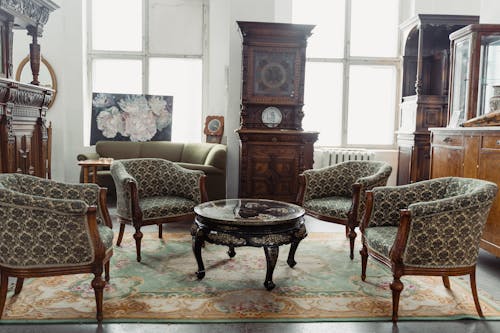
When antiques are in motion—sat on, poured from, lit up—they invite curiosity. “Where did this come from?” “Did someone really use this?” Guests engage with stories that feel tactile, not archival. History becomes accessible.
You share tales, speculate origins, and even fabricate fun fiction around unknown items. This dialogue is part reverence, part reimagination. Antiques become icebreakers, not breakables. Nostalgia pulls up a chair.
5. You Rethink What “Fragile” Means
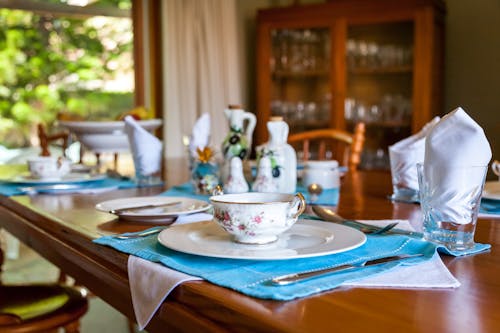
Daily use teaches which pieces are more resilient than you thought—and which ones need gentler handling. You develop a skillful intuition for balance, grip, and care, rather than treating everything like museum glass. Fragility becomes relationship, not fear. And fear doesn’t furnish homes.
Living with antiques builds respect through experience, not restriction. You learn limits, not abstinence. Objects come alive through mindful risk. Use deepens understanding.
6. Your Home Gains Depth Without Pretension
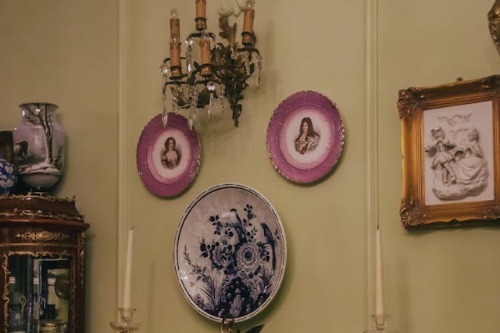
Instead of stylized curation, your home starts looking layered, nuanced, and emotionally rich. A threadbare rug passed down from family, a chipped vase that holds fresh flowers—it’s charm without polish. It signals comfort with history, not control over it. Your space feels storied, not staged.
Design becomes autobiographical. Pieces don’t match—they matter. You live among legacies, not layouts. Style shows up as substance.
7. Sentiment Starts to Surpass Style Trends
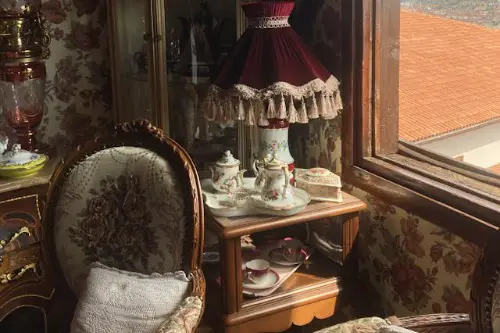
Decorating with antiques in daily life breaks the cycle of fast fads and seasonal swaps. You hold onto pieces because they speak to you—not because they fit a trend. It’s slower, softer, and far more intentional. Vintage becomes visual loyalty.
Your home shifts from Pinterest-proof to heartproof. The narrative isn’t what’s new—it’s what endures. When fashion fades, feeling remains. History beats hype.
8. You Feel More Connected to Time
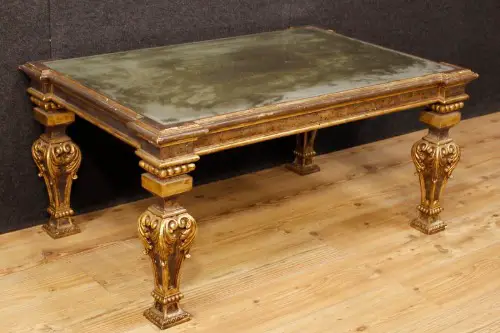
Using antiques bridges eras—your coffee table belonged to someone else, once; your bookshelf held other books, in other hands. Objects become time travelers, linking morning routines to past lives. There’s comfort in continuity. Legacy moves with you.
This connection reframes how you value time, tradition, and touch. Living history becomes daily practice. Your objects don’t just reflect you—they remember before you. Memory becomes material.
This post What Happens When You Treat Antiques as Everyday Objects was first published on Greenhouse Black.
